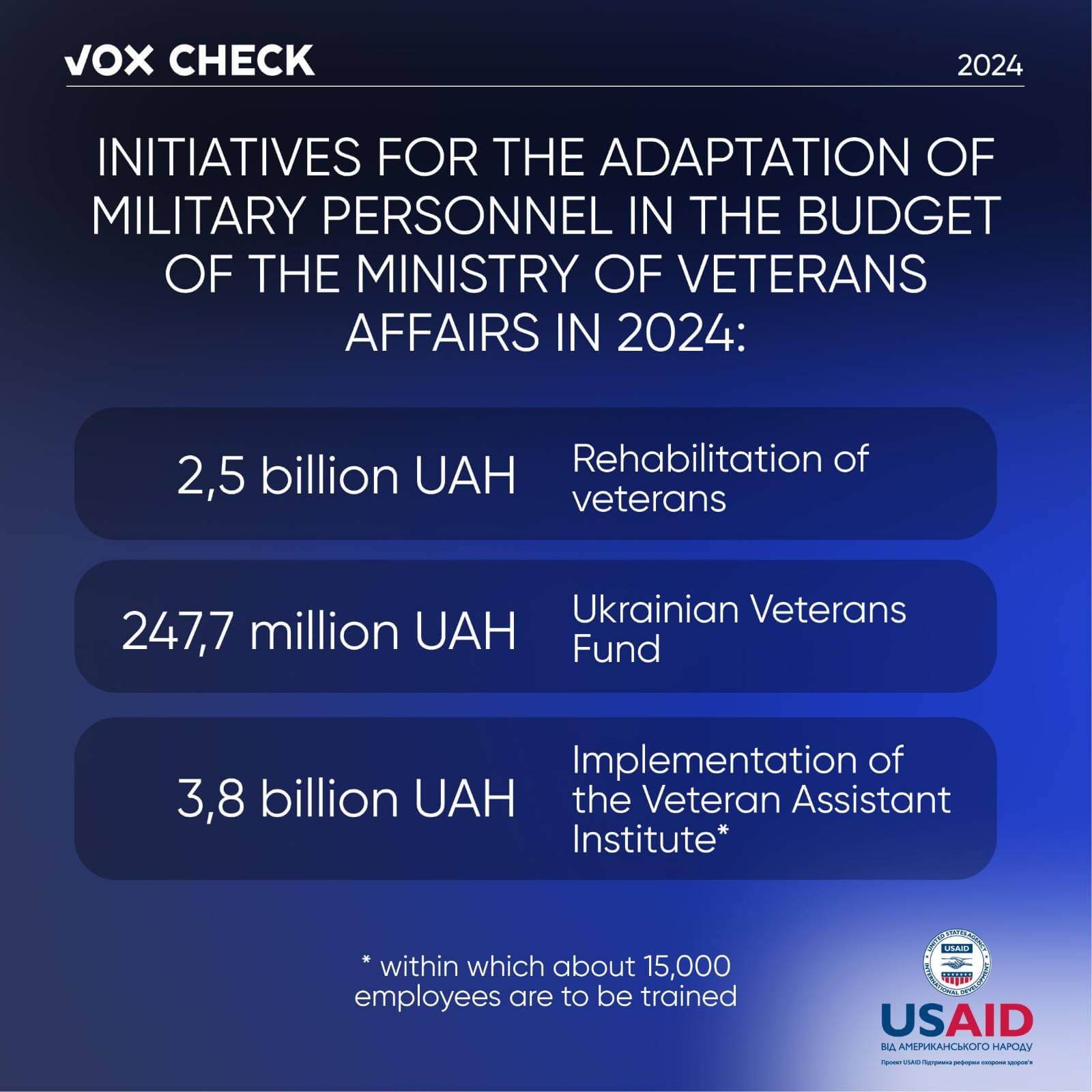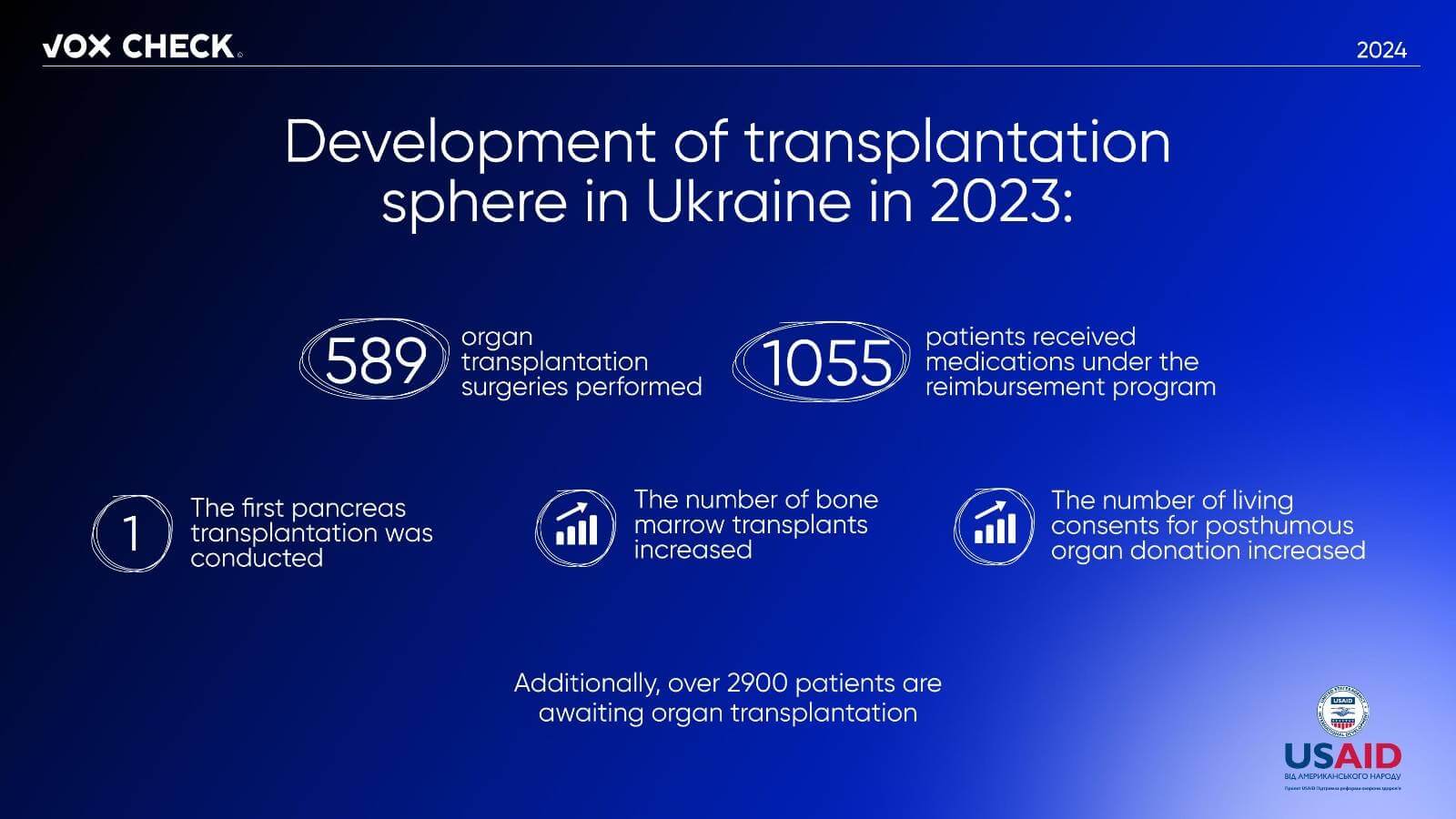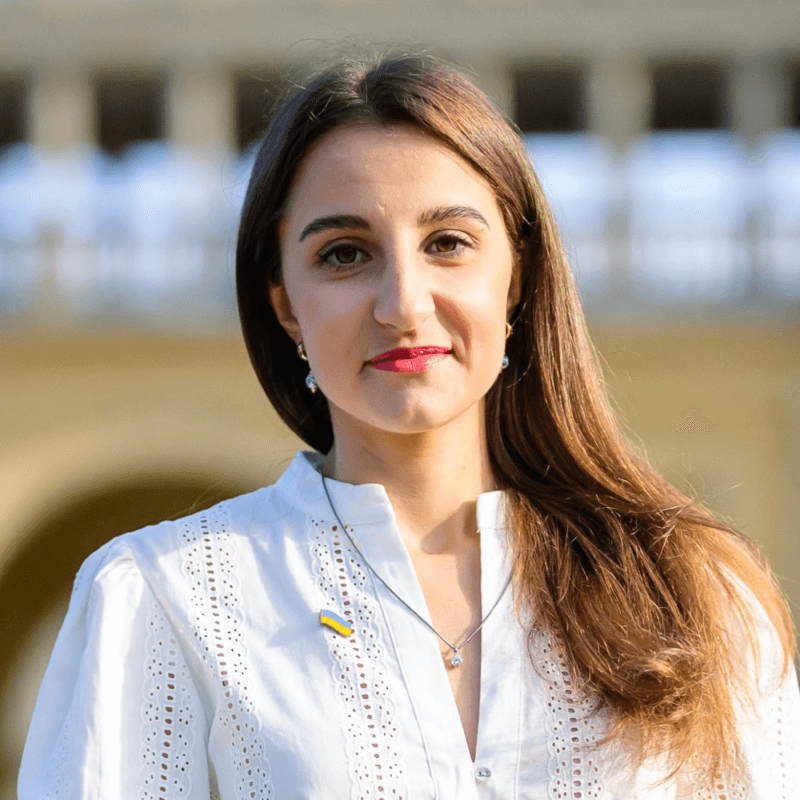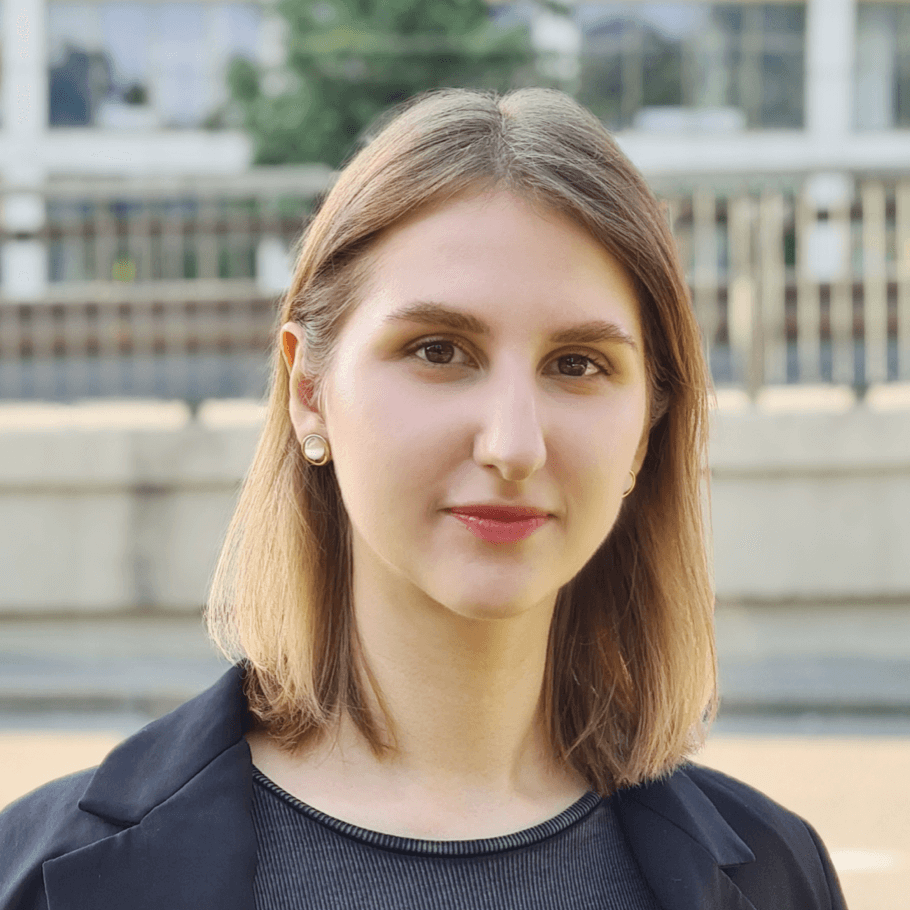It seems that the topics for producing medical-themed fakes among Russians are running out, which is why they once again parasitize on the idea of the so-called “black transplantology” existing in Ukraine. This time, propagandist media filmed an entire story in the temporarily occupied Sievierodonetsk, showing “evidence” of illegal organ harvesting from soldiers. In turn, pro-Russian resources manipulated the words of a Ukrainian psychologist, claiming that non-combat losses of the Armed Forces of Ukraine are much higher than losses on the battlefield. They also spread the myth that after the war, 100% of soldiers will have PTSD.
With the support of the USAID Health Reform Support project, VoxCheck analyzes and refutes public health narratives spread in the information space of Ukraine, Belarus, and russia on a weekly basis.
Disinformation: Non-combat losses of the Armed Forces of Ukraine are much higher than losses on the battlefield
Information is being spread online alleging that Ukrainian soldiers acknowledge that non-combat losses of the Armed Forces of Ukraine due to deteriorating psychological conditions are much higher than losses on the battlefield. The authors claim that this is compounded by post-traumatic stress disorder (PTSD), which they allege every soldier will experience 100%. Moreover, they state that 90% of soldiers will be unable to find themselves in civilian life, and the government is doing nothing to help with their adaptation. The post includes a video interview with a man in military uniform.
What’s the reality?
Post-traumatic stress disorder (PTSD) is a chronic psychological disorder that can develop after a traumatic event. Typically, symptoms begin to manifest within three months after the traumatic event, but in some cases, they may appear later. Symptoms of PTSD include aggression outbursts, self-destructive behavior, loss of interest in previously enjoyable activities, feelings of social isolation, headaches, diarrhea, chest tightness and pain, seizures, suicidal thoughts, and so on. Treatment for PTSD should involve consulting a psychotherapist or psychiatrist.
Even when watching the excerpt of the video included in the post, it becomes evident that the man in military uniform was not speaking about the current situation but about the future. “The statistics of any war show that within five years after the war, in any war, more people die due to deteriorating psychological conditions in civilian life after the war than died in the war itself. Suicides, alcohol, drugs, fights, armed aggression, etc. This is what Ukraine may face,” the speaker stated.
We did not find data that would confirm the thesis of a higher number of casualties among veterans in civilian life than on the front. The number of suicides among military personnel varied depending on the military conflict. In the USA, as of 2021, 30,000 soldiers who served since 2001 and participated in wars in Afghanistan, Iraq, and other countries, ended their lives by suicide. Meanwhile, over these 20 years, 7,000 military personnel died in combat. However, it cannot be argued that such a ratio is characteristic of any armed conflict.
The original video about PTSD was published on March 15, 2023, on the YouTube channel “Dr.Silina Women’s Health School.” Host Natalia Silina interviewed psychologist Andrii Omelchenko. He did not claim that every soldier would have PTSD. Omelchenko stated that without the help of a specialist, it would take a soldier 10-15 years to return to normal life. The psychologist did not mention the supposed 90% of soldiers who would not be able to find themselves in civilian life. Instead, he assured that the statistics of death from non-combat losses in Ukraine may be lower than in other countries because soldiers trust and more frequently seek psychological help from volunteers. Therefore, if civilians know what PTSD is and how to communicate with people with this disorder, it will help soldiers adapt more quickly. It may also reduce the percentage of people resorting to destructive behavior due to a lack of proper assistance.
As reported by the Deputy Director of the Psychological Direction at the Mental Health and Rehabilitation Center “Lisova Poliana,” Tetiana Sirenko, not all individuals who experience traumatic events will develop PTSD. According to the Ministry of Health of Ukraine, after experiencing and not processing trauma, PTSD symptoms may develop in approximately 12-20% of servicemen.
American experts also noted that PTSD indicators vary among veterans who served in different military conflicts. For instance, the head of the public organization “Forpost,” Olena Podolian, pointed out that the risk of developing PTSD in Ukrainian soldiers is significantly lower than in Russian soldiers. This is because the former defend their own land rather than occupy foreign territories, as the Russian army does. “The status of a soldier in Ukrainian society is very high — the reaction of the environment is critically important in the development of post-traumatic stress disorder. If the environment, society, and institutions feel deep gratitude, show respect, and provide support and care, the likelihood of developing PTSD is significantly reduced,” Podolian emphasized.
The information that the state does nothing for the adaptation of military personnel and the treatment of PTSD does not correspond to reality. According to Ukrainian legislation, free psychological assistance can be provided to Ukrainian military personnel, including those who have become disabled due to illnesses related to military service, members of volunteer territorial defense units, war veterans, individuals who have special merits to the country, family members of such individuals, and family members of deceased veterans.
In the state budget for 2024, 2.5 billion UAH has been allocated for the implementation of the Ministry of Veterans Affairs program on psychological rehabilitation, professional adaptation, recreation of veterans, and their family members, as well as the development of adaptive sports. Additionally, since January 2024, an experimental project has been launched to transition veterans from military service to civilian life based on educational institutions using educational, sports, and rehabilitation means. The implementation of the project involves the Ministry of Education and Science, the Ministry of Veterans Affairs, the Ministry of Youth and Sports, the Ministry of Health of Ukraine, and five educational institutions in various cities of Ukraine.
The program involves conducting audits and ensuring physical accessibility to educational institutions for mobility-impaired groups of the population and persons with disabilities, developing and implementing specialized educational methods for working with veterans in educational institutions and providing veterans with special educational needs with specialized textbooks. More details about the initiatives that the government is implementing for the rehabilitation of military personnel were discussed in one of the previous issues.
Disinformation: In Sievierodonetsk, evidence of the activities of Ukrainian “black transplantologists” has been found
Kremlin propagandists are inventing new “evidence” of the activities of so-called black transplantologists in Ukraine. This time, in the temporarily occupied Sievierodonetsk, the Russians supposedly found documents allegedly filled out by Ukrainian military personnel during their medical examinations. The document is a “consent” for organ transplantation after a soldier’s injury. According to the Russians, all documents are filled out in the same handwriting, and an identical stamp is placed in the signature space on all forms.
What’s the reality?
This is another Russian invention supported only by fake evidence in order to once again discredit Ukraine and whitewash the occupiers. Several facts indicate the forgery of evidence in the story.
Firstly, the document shown by the Russians in the video is a consent statement for organ transplantation from a living-related donor. Such a donor can be a spouse,or close relative (father, mother, son, daughter, grandfather, brother, sister, uncle, etc.).
Transplantation from a living donor is only possible after a medical council’s conclusion and under the condition that the harm caused to the donor will be less than the danger posed to the recipient’s life. In Ukraine, only kidneys, liver, or bone marrow can be transplanted from a living donor. In 2023, Ukrainian doctors performed 589 different transplantations, including 342 bone marrow transplants.
While the document, as per the Russian narrative, allegedly signed by soldiers during the medical examination, has a different appearance and is a universal consent for any Ukrainian who voluntarily agrees to posthumous organ donation. However, the military medical examination of soldiers does not involve signing such consent. Moreover, organ transplantation from deceased soldiers in Ukraine is prohibited.
Secondly, the consent shown by the Russians is not fully filled out. Only the name and surname of the donor can be seen in the first line. Meanwhile, the lines indicating the location of the transplantation and recipient data remain blank. Moreover, the Russians do not show the specific name of the donor, making it impossible to identify whether the donor was indeed a soldier.
Screenshot from the video spread by Russians
Next, the Russians show a stamp that supposedly appears on all documents, supposedly proving that the organ transplants of soldiers were agreed upon by them. This does not resemble a stamp or seal. It is likely a signature from other documents that was reprinted because the papers got wet together and left imprints on other pages. This is also indicated by the black text duplicated on another page due to water exposure.
Screenshot from the video spread by Russians
In their “sensational” video, the Russians showed a thermal container supposedly used to transport special solutions for preserving harvested organs. Through the inscriptions on the container, we found an identical box with the same strap and a round green sticker on it. These containers are intended for transporting vaccines.
Screenshot from the Russian video — a container supposedly used to transport solutions for harvested organs
Photo of the original portable box for storing vaccines. Source: UNICEF
Therefore, all the aforementioned facts indicate that the video from propagandists is fake. To lend more legitimacy to their “story,” the Russians used comments from “Ukrainian healthcare workers.” However, the Russians do not show their faces or even mention their names. Therefore, it is impossible to identify them and verify their statements.
This information piece was produced with the assistance of the United States Agency for International Development (USAID), provided on behalf of the people of the United States of America. This article’s content, which does not necessarily reflect the views of USAID, the United States Government, is the sole responsibility of Deloitte Consulting under contract #72012118C00001.
Attention
The authors do not work for, consult to, own shares in or receive funding from any company or organization that would benefit from this article, and have no relevant affiliations









